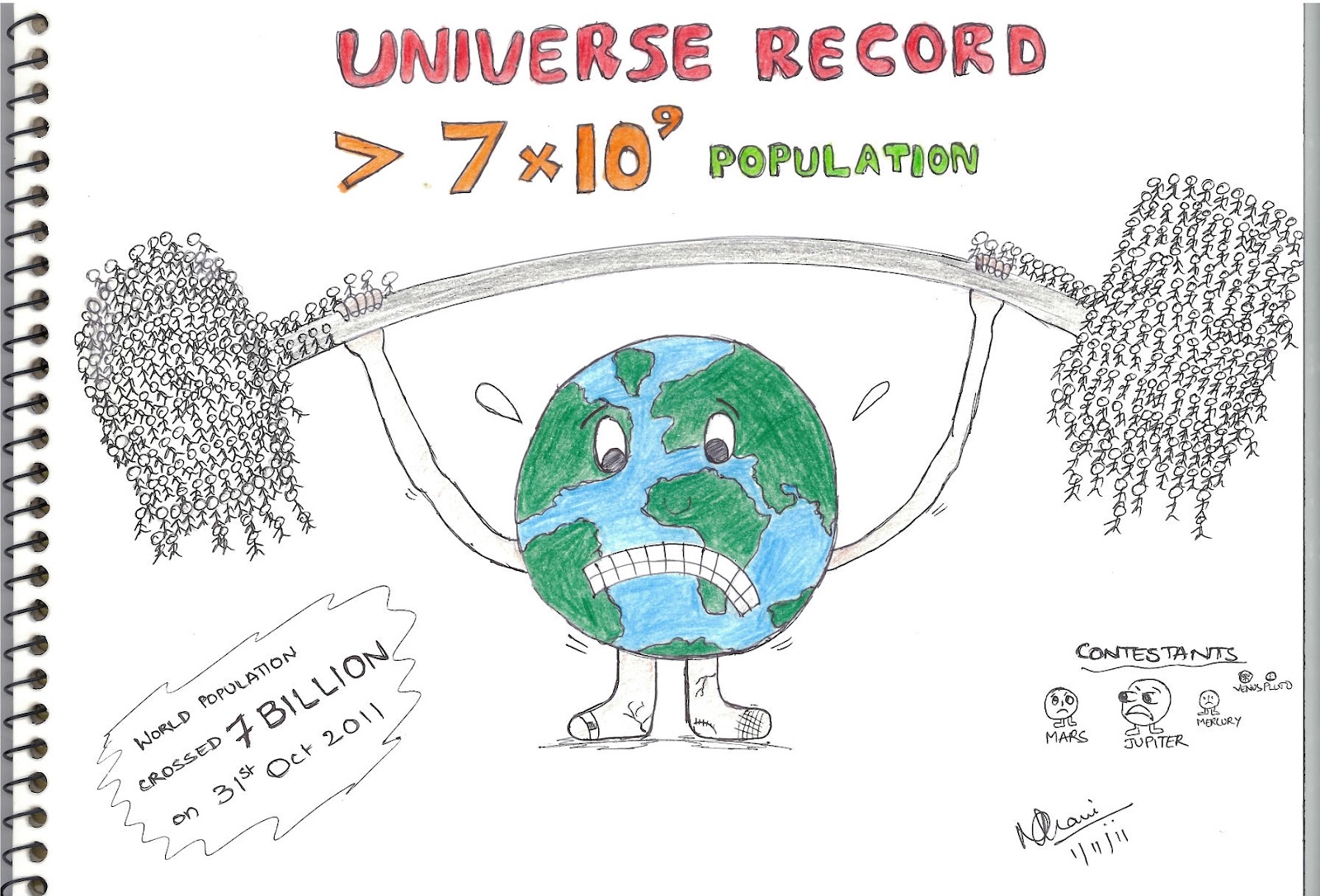World Annual Population Forecast (2011-2100)

In the long run, future global population growth is difficult to predict. The United Nations and the US Census Bureau both give different estimates. According to the latter, the world population reached seven billion in March 2012, while the UN asserted that this occurred in late 2011. Average global birth rates are declining slightly, but vary greatly between developed countries (where birth rates are often at or below replacement levels) and developing countries (where birth rates typically remain high). Different ethnicities also display varying birth rates. Death rates can change unexpectedly due to disease, war and other mass catastrophes, or advances in medicine.
Interesting facts:
- During the 20th century, the global population saw its greatest increase in known history, rising from about 1.6 billion in 1900 to over 6 billion in 2000. This increase was due to a number of factors, including the lessening of the mortality rate in many countries by improved sanitation and medical advances, and a massive increase in agricultural productivity attributed to the Green Revolution.
- Human population control is the practice of artificially altering the rate of growth of a human population. Historically, human population control has been implemented by limiting the population's birth rate, by voluntary contraception or by government mandate, and has been undertaken as a response to factors including high or increasing levels of poverty, environmental concerns, religious reasons, and overpopulation. The use of abortion in some population control strategies has caused controversy, with organizations such as the Roman Catholic Church explicitly opposing any intervention in the human reproductive process
[stextbox id="info" caption="World Annual Population Forecast (2011-2100) Summary"]
- Total World population by five-year age group, annually for 2011-2100 (thousands)
- Data source: United Nations, Population Division, Department of Economic and Social Affairs. Updated: April 2011
[/stextbox]